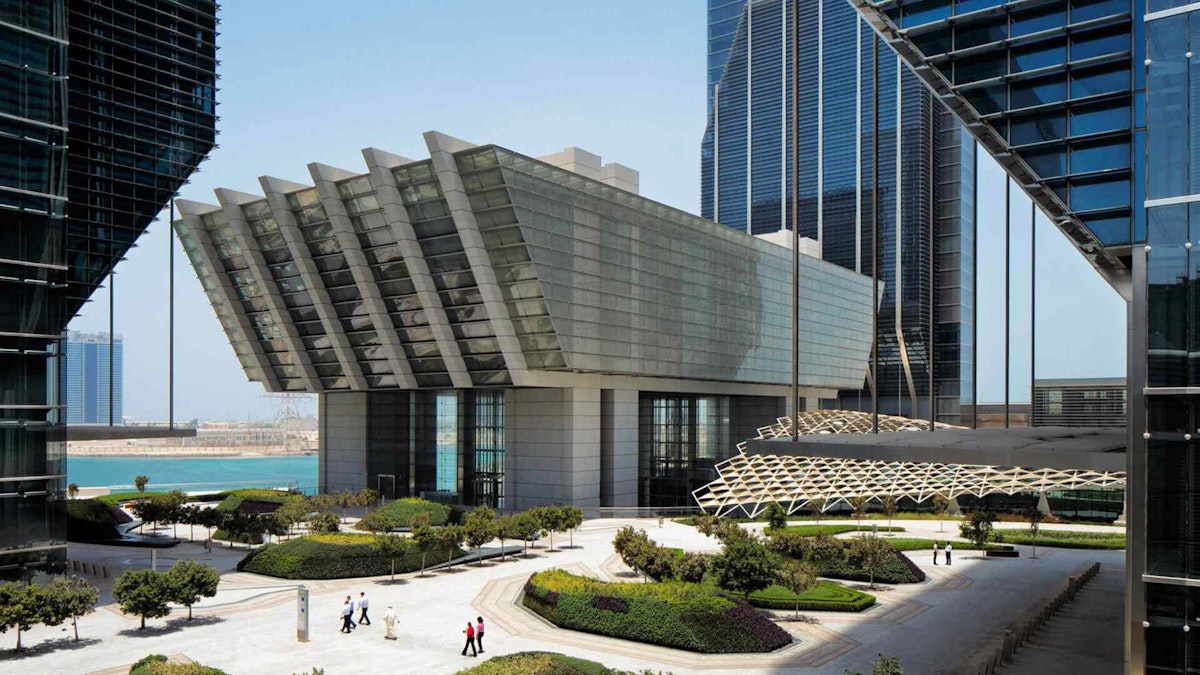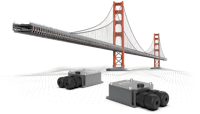Table of contents
Browse categories
Browse authors
 AB
ABAlberto Boffi
 AL
ALAlessia Longo
 AH
AHAl Hoge
 AB
ABAljaž Blažun
 BJ
BJBernard Jerman
 BČ
BČBojan Čontala
 CF
CFCarsten Frederiksen
 CS
CSCarsten Stjernfelt
 DC
DCDaniel Colmenares
 DF
DFDino Florjančič
 EB
EBEmanuele Burgognoni
 EK
EKEva Kalšek
 FB
FBFranck Beranger
 GR
GRGabriele Ribichini
Glacier Chen
 GS
GSGrant Maloy Smith
 HB
HBHelmut Behmüller
 IB
IBIza Burnik
 JO
JOJaka Ogorevc
 JR
JRJake Rosenthal
 JS
JSJernej Sirk
 JM
JMJohn Miller
 KM
KMKarla Yera Morales
 KD
KDKayla Day
 KS
KSKonrad Schweiger
Leslie Wang
 LS
LSLoïc Siret
 LJ
LJLuka Jerman
 MB
MBMarco Behmer
 MR
MRMarco Ribichini
 ML
MLMatic Lebar
 MS
MSMatjaž Strniša
 ME
MEMatthew Engquist
 ME
MEMichael Elmerick
 NP
NPNicolas Phan
 OM
OMOwen Maginity
 PF
PFPatrick Fu
 PR
PRPrimož Rome
 RM
RMRok Mesar
 RS
RSRupert Schwarz
 SA
SASamuele Ardizio
 SK
SKSimon Kodrič
 SG
SGSøren Linnet Gjelstrup
 TH
THThorsten Hartleb
 TV
TVTirin Varghese
 UK
UKUrban Kuhar
Valentino Pagliara
 VS
VSVid Selič
 WK
WKWill Kooiker
Construction Noise and Vibration Monitoring

Construction noise and vibration can be a nuisance to the neighboring community. Most often the builder has to comply with regulations defining threshold levels and limiting working hours. The consulting company ACTS set up a Dewesoft monitoring system during the construction of the large complex of Abu Dhabi Global Market to ensure there wasn't excessive sound or vibration due to the ongoing construction.

Abu Dhabi Global Market (ADGM) is a financial center and a free zone located on Al Maryah Island in the heart of the UAE's capital city, Abu Dhabi. Finalized in 2018 the structure under investigation extending across the entire 114 hectares of the island, now houses an international arbitration hearing center and is part of a large complex of buildings established by the Abu Dhabi Chamber of Commerce in 2013.
According to Abu Dhabi’s Environment Health and Safety Management System, any activity resulting in excess noise that can harm the peace of a neighbourhood should be undertaken only between 7 am and 8 pm on working days, and between 9 am and 7 pm on weekends and public holidays unless developers have a special license from the municipality.
Noise pollution is defined as the “excessive, upsetting human, animal or machine-created environmental noise that disrupts the activity, balance or harmony of normal life".
In this case, the monitoring was carried out by ACTS, Advanced Construction Technology, Services on behalf of the customer. ACTS provides construction consultancy services specializing in the materials and geoengineering fields. ACTS currently operates throughout the Middle East, Africa, and Southeast Asia, headquartered in Beirut, Lebanon, and with a local office in Dubai.
The project scope was to check if the noise or vibration were excessive due to the ongoing construction. The consulting company set the threshold limits:
the noise level and
RMS acceleration value.
One of the goals was to evaluate the results any time the values passed these limits. This monitoring station enabled them to take initiative to avoid getting into the high-level zones too often, e.g. by applying dampers or noise barriers.
Below are the threshold that was used during the investigation:
High Average noise levels in the rating above 90 dBA.
Moderate Average noise levels are for recorded values between 70dBA and 90 dBA
Normal Average noise levels are for recorded values below 70dBA.
The RMS acceleration value limit was set to 80ug in all directions (X, Y, Z).
Measurement setup
To monitor the structure for vibration and sound levels, a state-of-the-art hardware device system was installed. The system includes the following:
1x data logging embedded PC
1x 24 V power supply (to power the PC)
1x IOLITE Power-Injector
1x 48 V power supply (to power the devices)
2x IOLITEi-1xACC (in aluminium waterproof boxes)
4x IOLITEiw-3xMEMS-ACC
2x GRAS 146AE microphone
To verify whether the ongoing works are affecting the surrounding of the building, the vibration and sound sensors were installed at different locations. The vibration was measured at four reinforced concrete columns while the sound levels were checked for two locations in the surrounding area.
Measurements
The consultants were monitoring the noise using the DAQ system and the microphones as a sound level meter - fulfilling the IEC 61672 requirements for Class I. The parameters measured were:
LAF peak - the peak the Sound Level with ‘A’ Frequency weighting and Fast Time weighting, and
LAF average over 1 min.
In LAF the “L” represents “Level”, the sound pressure level. The “A” represents the frequency weighting which indicates that some frequencies within the audio spectrum are given a weighting. The A-weighting is the standard weighting of the audible frequencies - the range from 20Hz to 20kHz - and reflects the sensitivity of the human ear to noise.
The IEC 61672-1 standard on sound level meters describes two-time types of weightings, Fast (F) and Slow (S). They both dampen the reaction of the displayed level to a sudden change in the sound level. Fast Time Weighting is generally the time weighting used for environmental noise measurements, where sound varies over time.
The Peak is the maximum pressure level value reached by the sound and is well-suited to measure impulsive sounds.
The vibration parameters used were:
Root Mean Square value (RMS), and
Peak-to-Peak (P-P).
The RMS value is the instantaneous values within a certain duration of time and relates to the power of the vibration. The RMS is generally a useful indicator to represent the vibration level in practice as it is directly related to the energy content of the vibration profile and thus the destructive capability of the vibration.
The peak-to-peak value has the benefit of providing the maximum excursion of the wave, which is useful when looking at displacement information.
The construction/demolition works started at around 7 am and were concluded at around 6 pm. The noise monitoring reports show that the highest LAF peak noise registered during the monitored period was 99dBA.
Overall, the vibration monitoring system did not detect any significant acceleration levels due to the construction works. However, a small earthquake was noted on the 31st of October 2020.
Conclusion
The consulting company was very satisfied with the system due to its plug-and-play functionality and ability for automatic report generation for the final customer.
With the help of the DewesoftX software threshold setting tool and notification system by SMS and e-mail, the final customer-managed through proper work planning, maintenance of machinery, the use of acoustic barriers, etc. to conduct the demolition and construction works respecting all the country noise and vibration standards.
The Dewesoft noise and vibration monitoring solution helped the client to finish the project on time without any increase in the project costs due to delays or potential nuisance claims.
Learn more:
